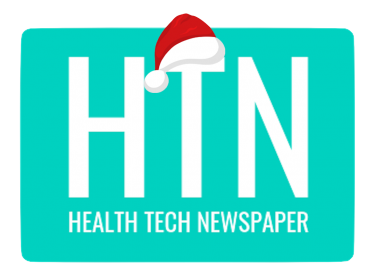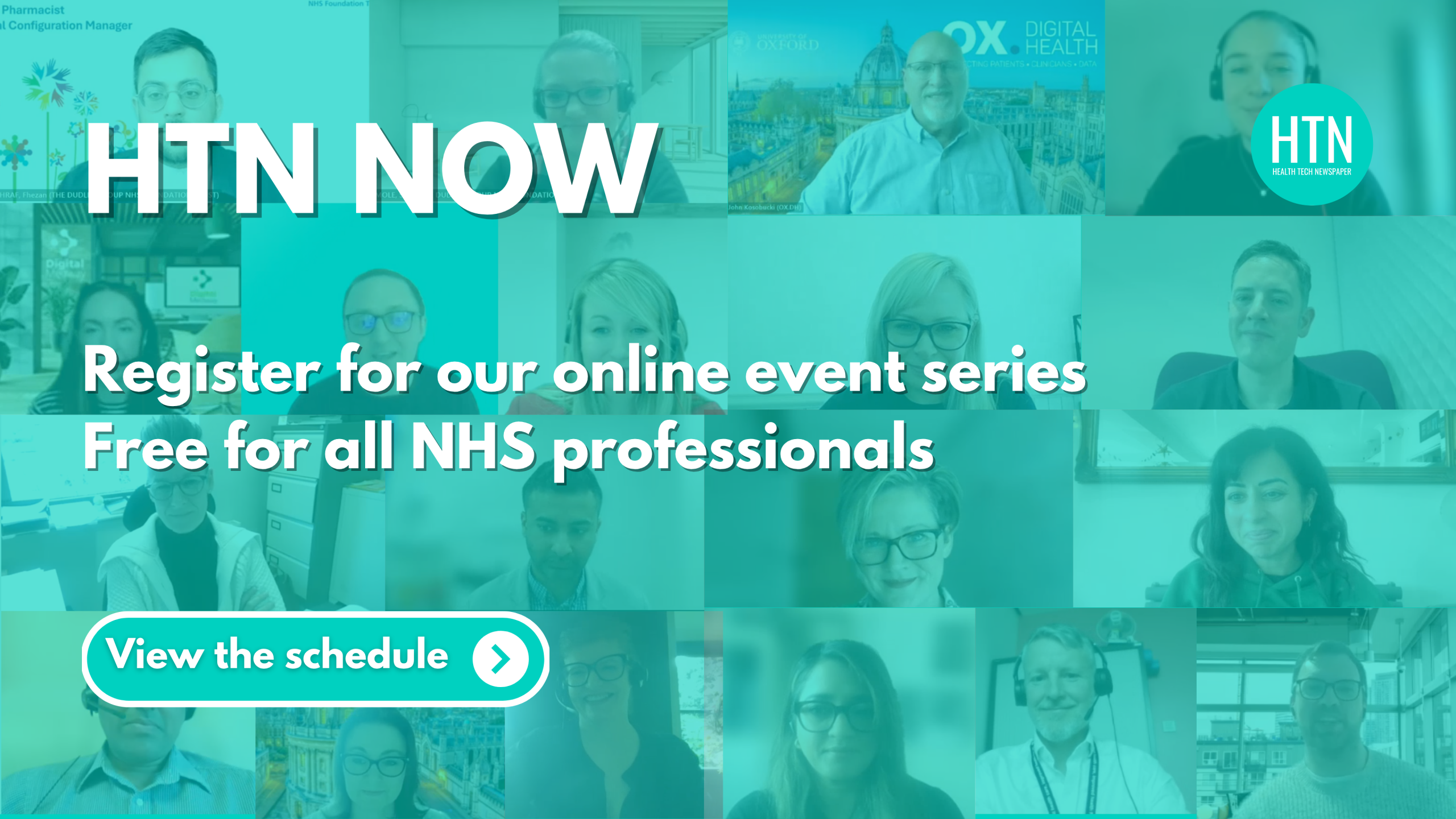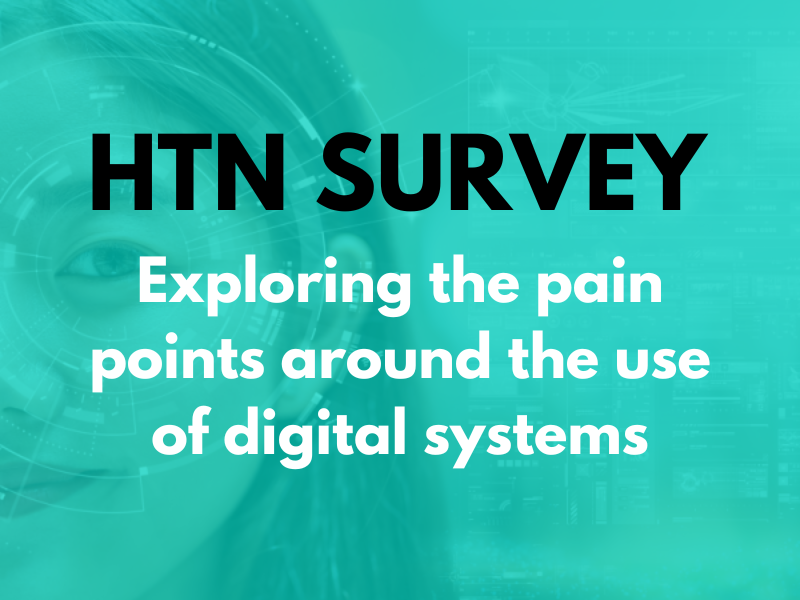Welcome to our latest news in brief, where we cover some of the stories that have caught our eye over the past month, from educational animation to VR learning, AI detection tools and more.
Hull University Teaching Hospitals creates epilepsy animation for young people
Epilepsy specialists at Hull University Teaching Hospitals have created an animation to help young people and their families when it comes to managing epilepsy and their healthcare journey. The trust partnered with the animation company, Get Animated Medical to develop the ‘Staying Safe with Epilepsy’ video, covering topics such as understanding epilepsy, medication, what to do if a dose is missed, triggers, safety at home and more.
Patients can view the animation on YouTube or through the NHS Humber Health Partnership’s Vimeo Channel. According to Chris Kennedy, CEO of Get Animated Medical, the video has already had “more than 65,000 views”, indicating a “real need for engaging, accessible content that speaks directly to this important community.”
British Computer Society to develop standardised digital & data job roles
NHS England has awarded an £80,000 contract to the British Computer Society, to develop standardised digital & data job roles.
With the contract, NHS England aims to standardise digital job roles within the NHS, “using recognised frameworks like SFIAplus to ensure clarity, consistency, and equity across career pathways, recruitment, and pay”.
Kate Warriner named number one CIO for 2025
Kate Warriner, chief transformation and digital officer at Alder Hey Children’s NHS Trust, has been named as the number one CIO of 2025. Said to be the fourth time Kate has been included in the top 100 list and her first win, awarded for “exceptional technology leadership that drives enterprise-wide transformation, aligns IT strategy with business vision, and sets a benchmark for innovation, resilience, and strategic influence at the executive level”.
Commenting on her win, Kate said: “I am extremely grateful to my colleagues more broadly at Alder Hey who recognise that digital, data and technology initiatives are central to delivering our strategic objectives and to our clinical and operational colleagues whom we work with day in day out to continually improve and transform our digital services.”
Countess of Chester Hospital and University of Chester introduce VR learning for medical students
The Countess of Chester Hospital NHS Foundation Trust and the University of Chester have entered into a joint initiative, welcoming the latest cohort of medical students through a virtual reality (VR) suite. According to the trust, the students will be able to virtually explore key clinical areas, such as the emergency department, resus, various theatres, maternity and the acute medical unit, thanks to a 360° filming project.
This means that they can “familiarise themselves with the layout, pace and atmosphere of the hospital in a safe, controlled environment”, helping to build their confidence with a “realistic view” of different spaces throughout the hospital.
Mid Yorkshire Teaching NHS Trust pilots Sysmex PA-100 testing system
Mid Yorkshire Teaching NHS Trust is piloting the testing system Sysmex PA-100 in the emergency departments at Dewsbury and District Hospital and Pinderfields Hospital. The solution is designed to detect urinary tract infections and provide recommendations on antibiotics in “under one hour”, the trust notes, with each site receiving 200 tests as part of the programme. As well as helping to reduce waiting times, the trust shares how the system can also “support earlier treatment, patient experience and potentially avoid unnecessary hospital admissions”.
Moorfields Eye Hospital uses AI to detect a range of eye conditions
Moorfields Eye Hospital NHS Foundation Trust has shared an update on the use of AI for detecting the eye condition known as keratoconus, as well as atrial fibrillation. Shafi Balal, ophthalmic surgeon and Josef Huemer, consultant ophthalmologist, have been working on a regional feature with ITV to demonstrate “how artificial intelligence can be used for good”.
As part of this, the team has been using AI technology to get a non-invasive, high-resolution optical coherence tomography image of the eye. Thanks to the AI tool, this procedure can be performed in seconds, according to the trust and “provides a minutely detailed view of the blood vessels and other features of the retina”. Shafi said that combining this imaging with data science has allowed them to use ocular biomarkers to help detect a range of conditions, such as heart disease and atrial fibrillation.





